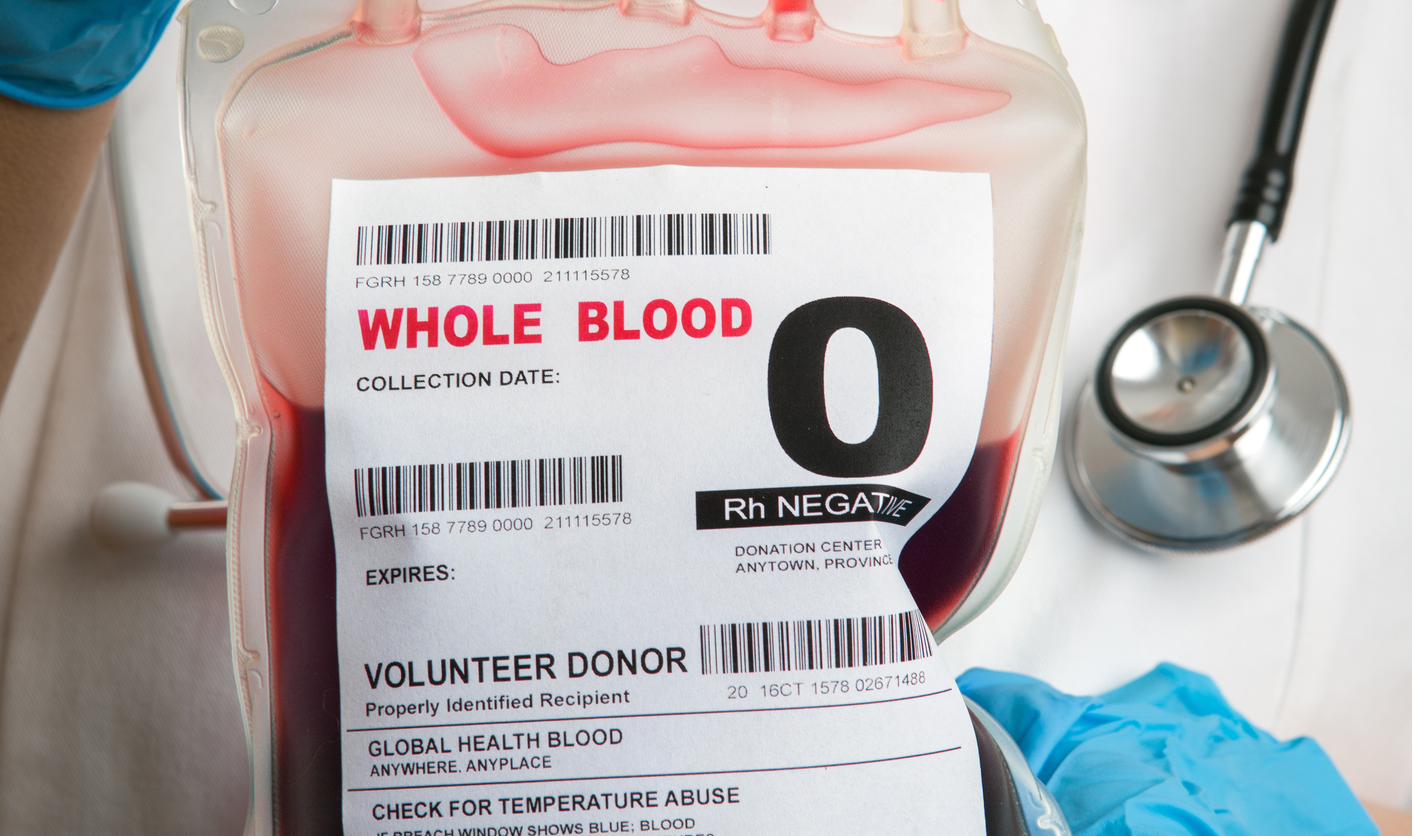OSHA’s Bloodborne Pathogens Standard: 10 Steps to Compliance

OSHA’s Bloodborne Pathogens Standard is designed to protect you and your coworkers from potential exposures. But you may find yourself struggling with the requirements. From the outset, OSHA does not specify occupations where exposures could occur.
Here we help make sense of the bloodborne pathogens regulations. Follow these basics to help ensure you comply with OSHA’s Bloodborne Pathogens Standard.
1. Observe Universal Precautions
There are precise instructions for the handling and containing of waste contaminated with blood and other infectious fluids. As a starting point, be sure to use adequate protection (latex gloves, face masks, gowns) in situations where infectious fluids may be present; handle sharps correctly and safely; and perform proper hand-washing frequently.
2. Consider Regulations Before Construction
Whether you’re establishing a new business or are in the process of remodeling, you’ll need to consider OSHA’s Bloodborne Pathogens standard regulations before the actual construction phase. For example, the regulations call for a designated staging area that is sealed and air-conditioned for packed medical waste. Elements like this must be accounted for while the project is in the planning stage.
3. Have All Required Materials on Hand
Numerous materials and equipment are needed for compliance, such as warning labels, gloves, gowns, caps and more. These compliance materials must be available to employees at no cost to them.
4. Maintain Detailed Logs
The use and maintenance of several logs is also required. OSHA calls for logs for incidents — like sharps-related injuries — hepatitis B vaccination statuses, training sessions, amounts of collected waste and more.
5. Handle Sharps Properly
Contaminated and improperly disposed sharps can cause puncture injuries and possibly transmit bloodborne infections. All businesses and institutions that use sharps for medical care must adopt practices that isolate sharps and ensure they are disposed of properly.
6. Have an Exposure Plan
OSHA also requires an exposure control plan. This plan determines employees’ potential exposure risk and includes exposure controls and a plan for post-exposure evaluation and workup in the event of exposure. The plan must be updated at least once a year.
7. Stock Up on Warning Labels
All biohazards in the workplace must be labeled with a specific warning. Make sure you have plenty of the appropriate warning labels on hand, and use them according to exact guidelines.
8. Properly Train Your Employees
Workers must have adequate training in areas such as occupational exposure, and in fact, regular training is a required component for compliance. Post visual aids around the workplace as reminders of the specific guidelines.
9. Use the Right Waste Disposal Containers
OSHA offers specifics on the types of containers required for different kinds of medical waste. For example, a rigid, small-mouthed container is necessary for proper sharps disposal.
10. Hire a Consultant
If you want to be certain that you’re following OSHA’s Bloodborne Pathogens standard to the letter, bring in an expert, who can review your procedures and help ensure compliance. US Bio-Clean offers a free, no-obligation compliance review.